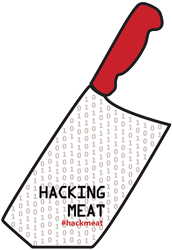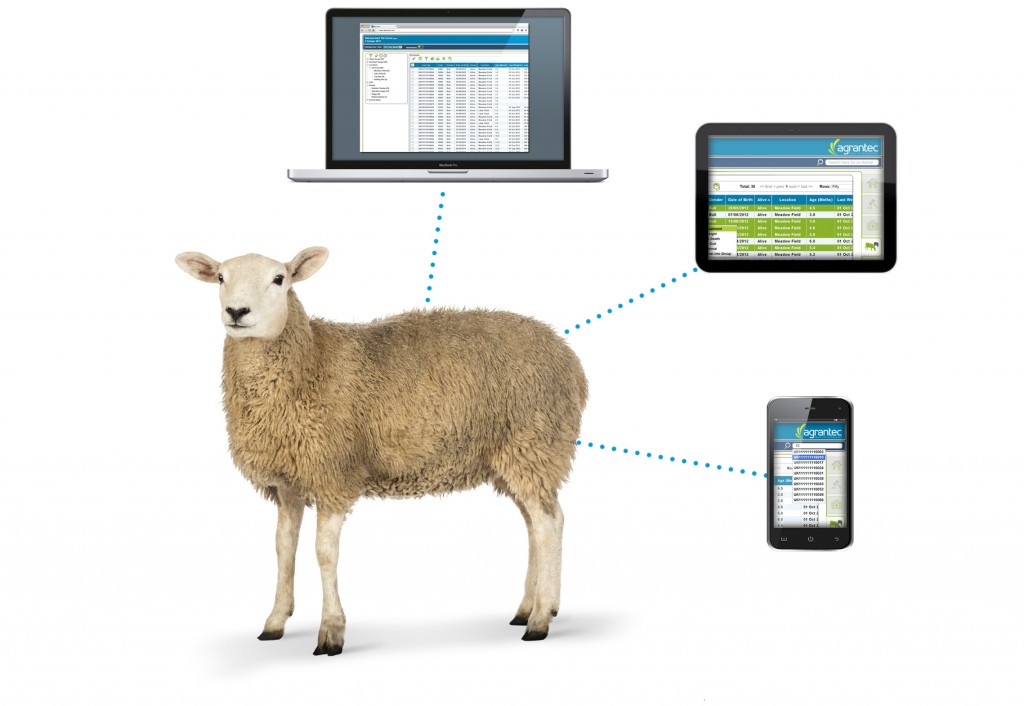
Food+Tech Connect and GRACE Communications Foundation present Hacking Meat, an online conversation exploring how information and technology can be used to hack (or reimagine) a more sustainable, profitable and healthy future for meat. Join the conversation and share your ideas or product requests in the comments, on Twitter using #hackmeat, Facebook , Tumblr or at the Hack//MeatSilicon Valley happening June 21-23 in Palo Alto.
Guest post by Naithan Jones, Founder of Aglocal
The United States is at the very beginning of a long lasting shift in the food system. This transformation is being lead by cultural changes, demographic shifts and, of course, increased access to information, which is where we as technologists have a chance to impact what happens next. We started AgLocal because we felt that the technological systems supporting meat production and distribution were not designed for sustainable operations, and they were certainly not getting nearly enough attention from startups in general and technologists at large. We’re excited to see that this has begun to change in the last couple of years, and we are going to do our part to encourage more of this innovation through dialogue like this. Over the past two years, we’ve researched the industry extensively to better understand the opportunities for technological disruption. The following are some of our key learnings.
Let’s start with what is broken in the supply chain: over consolidation, market access collusion and opaque and inaccessible infrastructure. In all of this, the two largest areas for improvement concerning how information could help the independent ranch producer are:
1) Transportation (efficient and easily discoverable cold transportation, and/or livestock transport): Animal transport is one of the most stressful times for the animals being raised on the ranches and farms across America. This industry is not only in need of an update when it comes to its representation on the web, but there needs to be a premium placed on pairing and promoting the best transportation services that have a good record of animal well being in their history, and as vouched for by producers that care about such a thing. There simply is no data here, and only anecdotes.
2) Access to Latent USDA Processing: There is a shortage of processing services available for small producers. This issue is made worse by the lack of data aggregation around what USDA inspected processing facilities have available in the way of capacity from cancels or unforeseen times of drops in business from their local farms and the ability to sell that capacity to regional farms. This is a fast way that information can ease some of the tension in the supply chain for meats and could be hugely beneficial if an airbnb type of collaborative consumption was introduced.
There is a need for collection, display and continued curation of user generated content here from a data standpoint along with discovery and service booking. If some brave soul were to build a Kayak for animal transport service like this, with the tools available today, they would likely solve a very large issue. The second mode of transport that could use this same model and is equally as important is that for cold van and cold LTL truck transportation, particularly an aggregation of those providers that can go into rural areas and their availabilities. This would provide great benefit to the producers that are attempting to get product to market from the processing houses and into the cities and towns where the buyers are.
These problems facing the rural businessmen and women are far reaching, systemic, and corrosive. The market shift led by consumer sentiment and culture is demanding products that simply need an easier way to get into the hands of willing food retailers. Though the issues are legion and are deep rooted, they can be eased by engineers building great information products and services, whether free or for profit. Access to the market with the ability to make sound buying decisions in real time with information that was previously scattered and unavailable will be the key here in my opinion.
I’m excited to see what the teams at hack meat wind up building.
The views expressed here are solely those of the author, and do not reflect the views of Food+Tech Connect.
How can information and tech help create more transparency in meat transportation and processing? Share your thoughts in the comments below, on Twitter using #hackmeat,on Facebook or at the Hack//Meat SV hackathon happening at The Stanford d.school in Palo Alto, June 21-23.
___________________________
Naithan “Nait” Jones created the AgLocal in late 2011. His dream: to match independent and family meat farms to the wholesale and retail buyers who want to buy their meat directly. Because he is from a family of chefs and farmers, he understands the trials of raising and cooking delicious food. Nait’s professional career is in enterprise technology and technology start-ups including successful stints at Sprint Corporate, Gartner Research and the well- regarded Kauffman Foundation.




